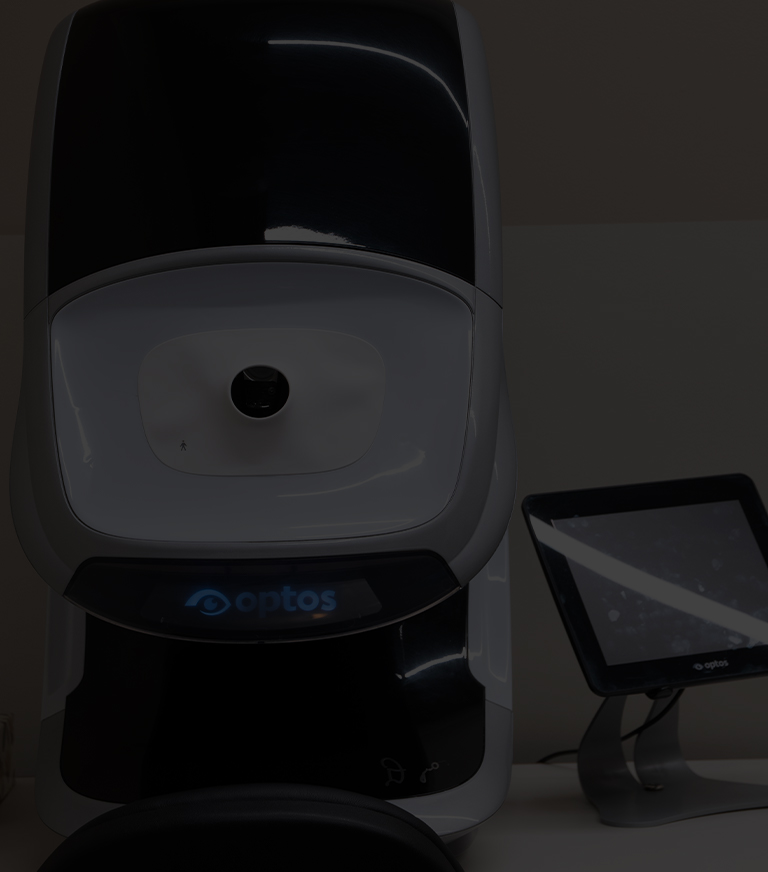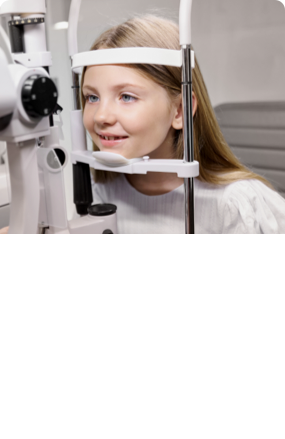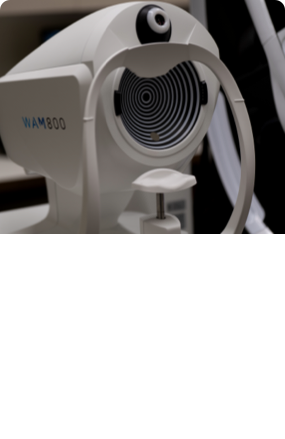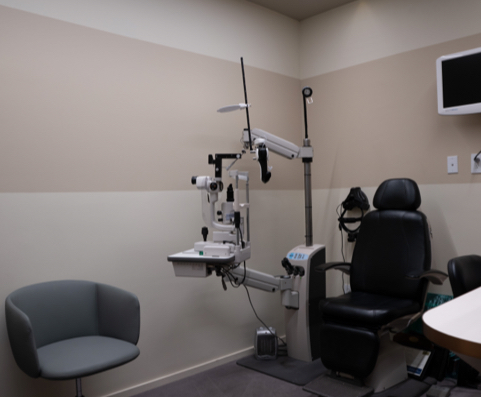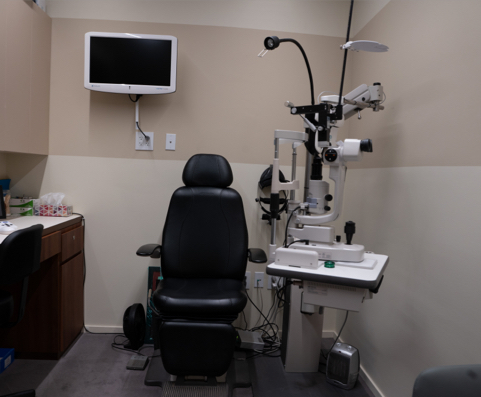Protecting Your Vision, One Exam at a Time
If you’re living with diabetes, you already know how important it is to stay on top of your health. But your eyes deserve the same attention, and diabetes can quietly impact your vision and lead to serious, even permanent, eye damage if left unchecked.
At Orchard Park Optometry, we recommend annual diabetic eye exams to help detect changes early and protect your sight for the long term. With the right care and monitoring, we can help you stay ahead of potential complications and maintain strong vision. The results of your exam can then be communicated to your family doctor for complete collaboration of care.
People with diabetes are at an increased risk of developing serious, sight-threatening eye diseases like glaucoma and diabetic retinopathy. If you have diabetes, book your appointment today and let us help you preserve your sight.
Book Appointment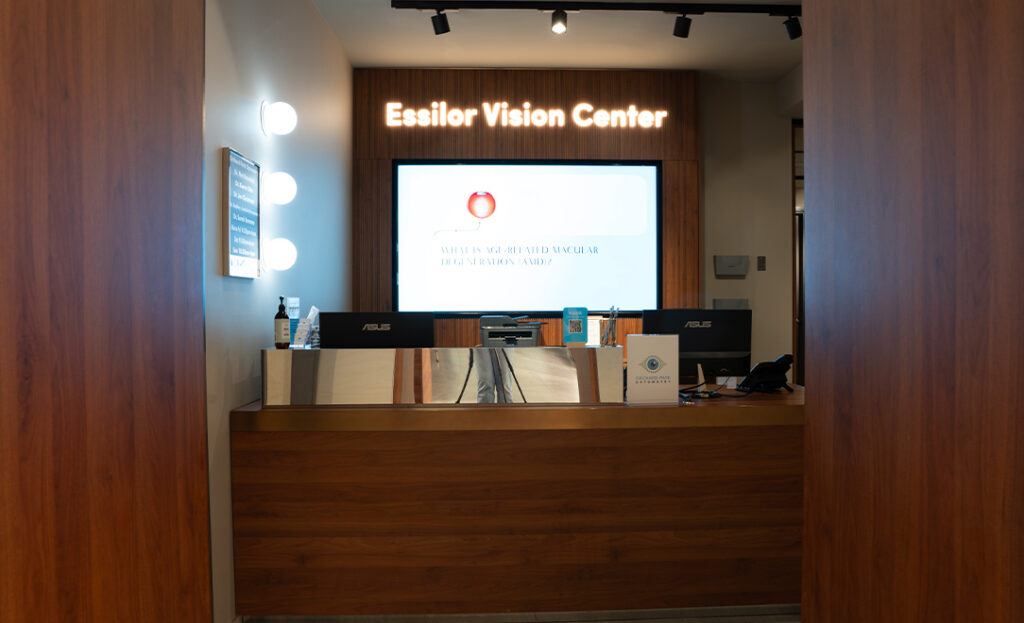
Understanding Diabetes &
Your Vision
When diabetes isn’t well controlled, high blood sugar can damage the tiny blood vessels in your retina—the part of the eye responsible for capturing images. As these vessels weaken, they can leak blood and fluid, triggering the body to grow new, fragile vessels in a process called proliferative diabetic retinopathy. These new vessels are prone to bleeding, which can cloud your vision and even cause scar tissue that pulls on the retina.
Diabetic macular edema is another troublemaker, where fluid leaks into the macula—the central area of the retina that lets you see fine details. This swelling makes it harder to read, drive, or recognize faces, turning everyday tasks into a blurry challenge. Both conditions can sneak up without obvious symptoms at first, but over time, they can cause permanent vision loss if ignored.
What to Expect During Your Diabetic Eye Exam
Your diabetic eye exam includes a detailed examination of the internal structures of your eye, particularly the retina and macula, which are most susceptible to diabetes-related damage.
Here’s what we typically include in your visit:
- Dilated retinal exam to assess blood vessels and optic nerve health
- optomap ultra-widefield imaging for a comprehensive view of the retina
- OCT scans to detect early swelling or structural changes
- Assessment for diabetic retinopathy and diabetic macular edema
- A review of your medications and overall health
We recommend bringing:
- Your B.C. Services Card
- A list of medications and supplements
- Sunglasses to reduce light sensitivity post-dilation
- A driver, if you’re concerned about driving after the appointment
How Diabetes Affects the Eyes
Diabetes can raise your chances of developing certain eye problems, and if they’re left undetected, they can lead to vision loss. Fortunately, we can take preventive measures to mitigate these risks.
During your diabetic eye exam, we’ll look for signs of diabetic retinopathy and macular edema.
Diabetic Retinopathy
Diabetic retinopathy occurs when the blood vessels in your retina swell due to elevated blood sugar levels. As a result, they may break or bleed, leaking into the macula and impacting vision.
Many people with diabetes will also be diagnosed with retinopathy at some point. Diabetic retinopathy may not present with visible symptoms, and you may not experience any pain or notice a change in your vision until the disease has progressed.
Regular eye exams are an excellent way to diagnose retinopathy before vision loss occurs.
Diabetic Macular Edema
Diabetic macular edema occurs when the macula swells due to the fluid accumulation from broken blood vessels in the retina. The macula is responsible for your central vision and is crucial for activities such as reading, writing, and recognizing faces.
Be on the lookout for blurry vision and straight lines that appear wavy or distorted, which can be signs of diabetic macular edema.
Your Partner in Diabetic Eye Care
Orchard Park Optometry takes a proactive and personalized approach to diabetic eye health. Our goal is to catch early signs of trouble, provide clear guidance, and collaborate with your healthcare team to support your overall wellness. Whether you’ve just been diagnosed with diabetes or have been managing it for years, our friendly and knowledgeable team is here to help preserve your vision for the future.
Contact us to book your diabetic eye exam today and give your eyes the care they deserve.
Book Appointment
Come Visit Us in Kelowna
Stop By
Let our family take care of your family. We’re excited to share our beautiful office and friendly team with everyone in the Kelowna area.
Where to Park
We are located in the Orchard Park Shopping Centre, right inside LensCrafters! The closest entrance is located near Old Navy & Tim Hortons. There’s plenty of parking available.
Our Address
Contact Information
- Phone: 250-762-2090
Hours of Operation
Our office opens before mall hours on certain days. Entry at these times is by appointment only, if you have a scheduled appointment we will ensure the doors are unlocked for your arrival.






